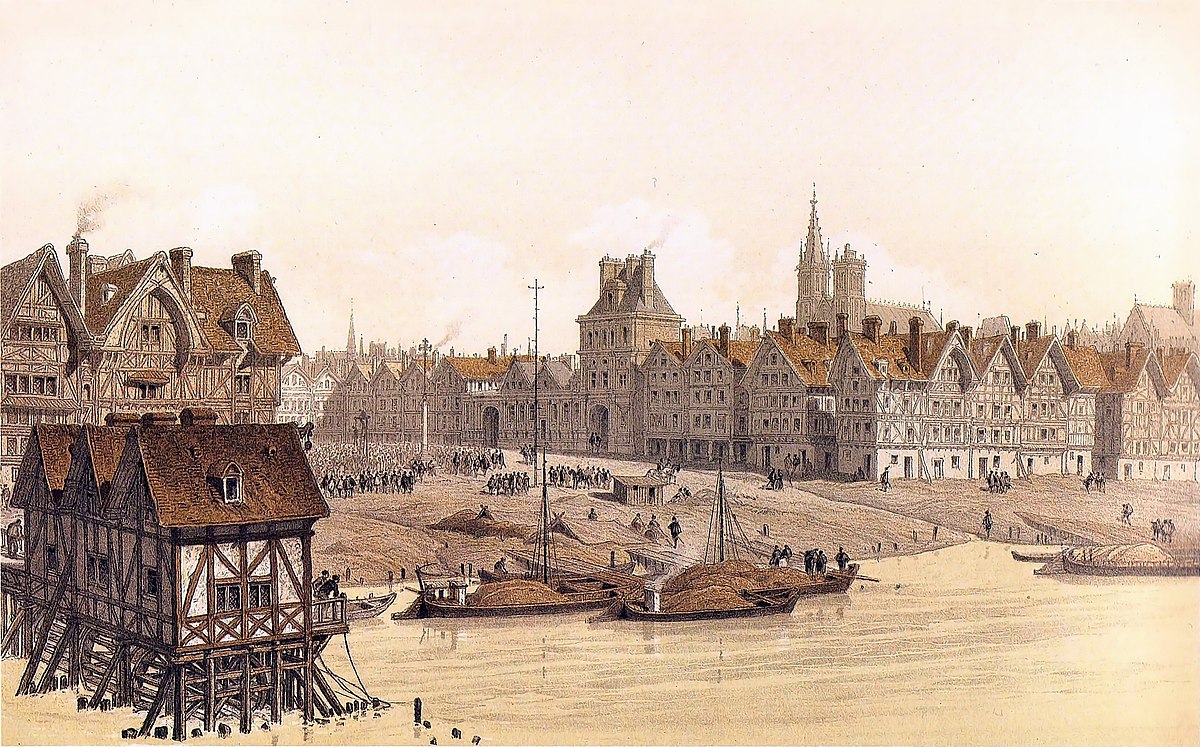
Renaissance arrives in Paris
Pont Notre Dame, Paris, FranceBy 1500, Paris had regained its former prosperity, and the population reached 250,000. Each new king of France added buildings, bridges and fountains to embellish his capital, most of them in the new Renaissance style imported from Italy.
King Louis XII rarely visited Paris, but he rebuilt the old wooden Pont Notre Dame, which had collapsed on 25 October 1499. The new bridge, opened in 1512, was made of dimension stone, paved with stone, and lined with sixty-eight houses and shops. On 15 July 1533, King Francis I laid the foundation stone for the first Hôtel de Ville, the city hall of Paris. It was designed by his favourite Italian architect, Domenico da Cortona, who also designed the Château de Chambord in the Loire Valley for the king. The Hôtel de Ville was not finished until 1628. Cortona also designed the first Renaissance church in Paris, the church of Saint-Eustache (1532) by covering a Gothic structure with flamboyant Renaissance detail and decoration. The first Renaissance house in Paris was the Hôtel Carnavalet, begun in 1545. It was modelled after the Grand Ferrare, a mansion in Fontainebleau designed by Italian architect Sebastiano Serlio. It is now the Carnavalet Museum.
